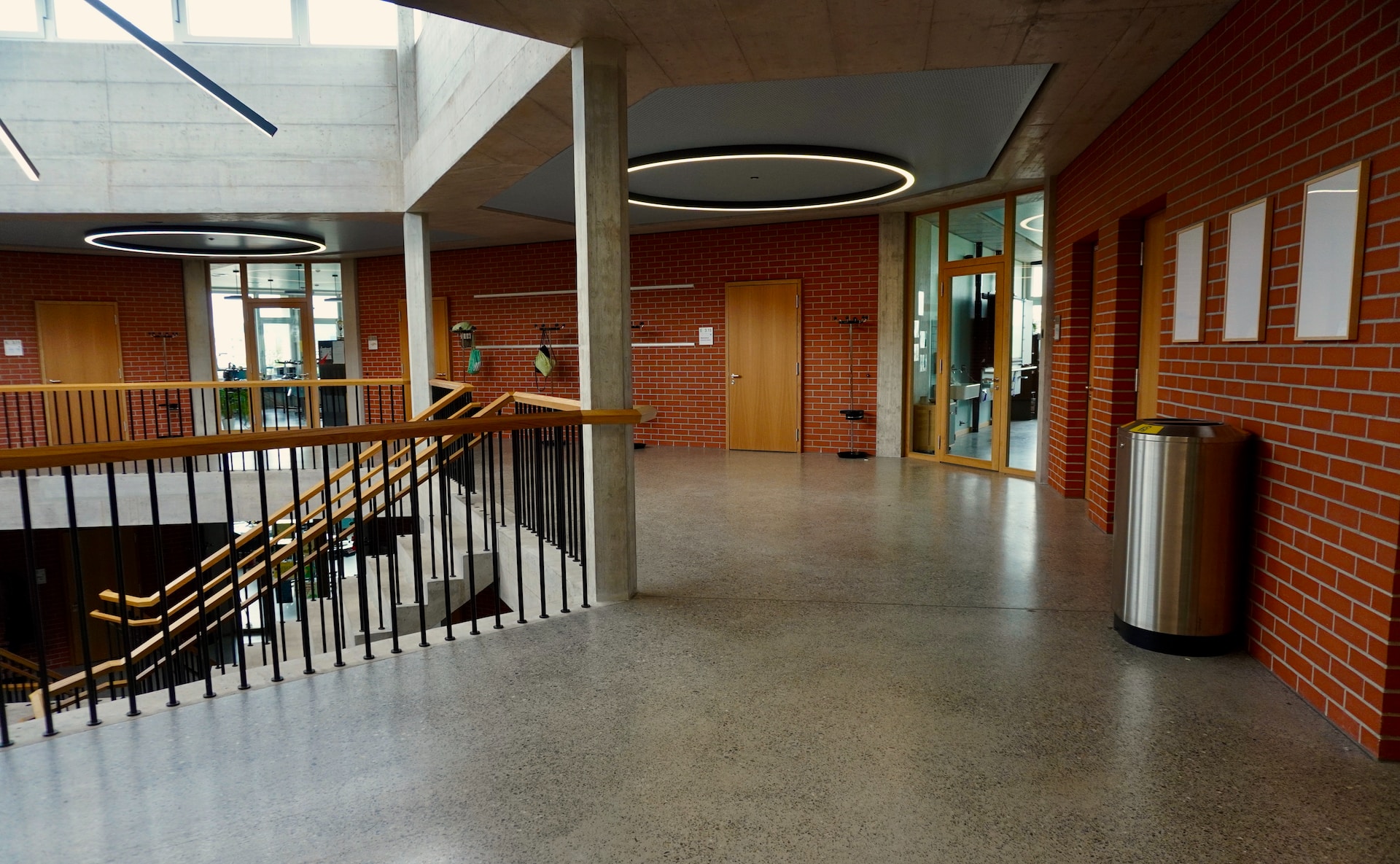What to Expect: The Epoxy Floor Installation Process Unveiled
Epoxy flooring is a popular choice for homeowners and businesses alike. It’s durable, visually appealing, and easy to maintain.
However, it’s important to hire an epoxy installer for the installation process to ensure your floors are protected from moisture and other damage. This blog will discuss the epoxy floor installation process and provide tips to help you make an informed decision.
Preparation
Before any epoxy can be applied, the floor must be completely cleaned. This involves using a degreaser to remove any oil and grease. It is recommended that this step be saved for warmer weather, as epoxies emit harmful fumes. This also allows the work to be done when equipment is not in use, and employees can avoid the area.
This phase also includes removing any polyurethane or latex floor paint from the concrete. Epoxy will not bond properly to a polyurethane or latex surface. Sodium bicarbonate or a blasting unit may be used to remove these materials. An acid etching is then performed to create a textured canvas that enhances epoxy adhesion. This is an important step that should be completed on time.
Primer
The floor is thoroughly vacuumed, and all cracks and dents are filled. Then, a moisture barrier is applied, usually a 2:1 primer/base coat + flakes.
This is an important step because if the floor isn’t properly prepared, it could fail and require costly repairs.
Using a roller, we apply a self-leveling concrete primer. This helps the epoxy bond better to the surface.
We then mix the epoxy resin and hardener according to the manufacturer’s instructions. Once the product is mixed, we roll it onto the floor with a serrated or notched squeegee. This step may take multiple people. Depending on the product, it may need to cure for 24 hours before light foot traffic is allowed (in conditions 77 degrees or warmer). This process takes several days.
Moisture Barrier
For the epoxy to adhere properly, it must be free of moisture. Moisture will cause the epoxy coating to bubble or peel. To check for moisture, a plastic garbage bag can be placed over your floor and secured with duct tape on all four sides. This will indicate whether or not your floor is ready for a sealant.
Color flakes are scattered onto the wet epoxy for a beautiful, polished finish on your garage floor. Once dry, a sealant is applied to the flakes for protection. This step also prevents moisture from penetrating the concrete and causing damage to your epoxy floor.
During this phase, running a ventilator and wearing proper safety equipment (glasses, respirator, gloves) is important. This process can be dangerous due to the muriatic acid used to etch the surface of the concrete.
Epoxy Coating
The next phase in the epoxy flooring process is the application of the first coat of colored epoxy. This also acts as a test to see how the substrate is holding up and should reveal any cracks or holes that need filling.
The floor must be roughened to allow the epoxy coating to adhere firmly. Muriatic acid is the easiest product to use for this. It is applied with a plastic watering can, or a pump sprayer, and the surface must be rinsed thoroughly.
If desired, a base coat of 100% solids epoxy is applied and broadcast with decorative flakes. A serrated or notched squeegee creates an even layer, and the floor must dry overnight. Walking on or driving over will not be safe until this time.
Final Coat
Once the moisture barrier is applied and the floor is dry, the epoxy resin and hardener are mixed and applied. A roller or squeegee is used to create thin, even coats. The color flakes are then scattered over the epoxy and can be distributed to whatever density you prefer.
The flakes add texture and slip resistance to the finished epoxy floor. They can also add a decorative look to the floor. A clear topcoat is applied to protect the floor and enhance its appearance. The floor must cure for the recommended time before it can be walked on again. This may take a few days. Please plan accordingly.







0